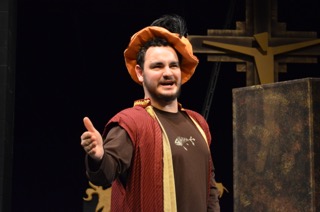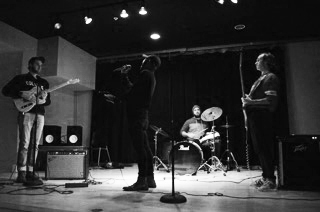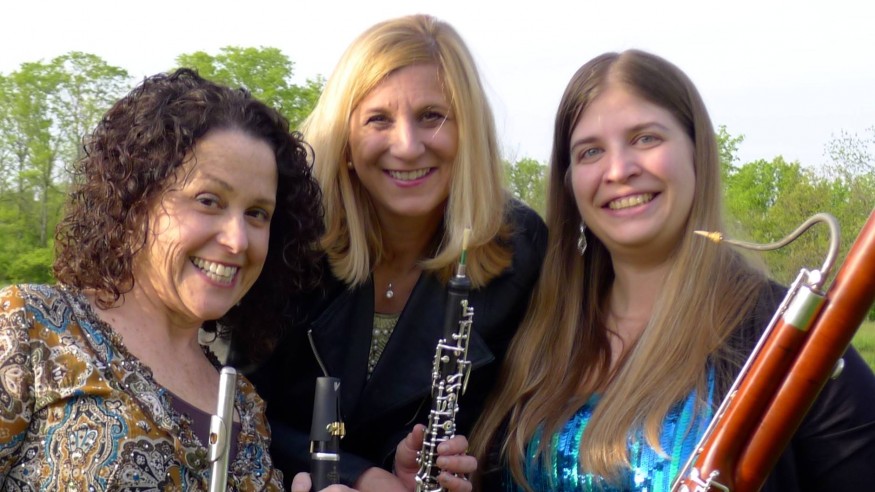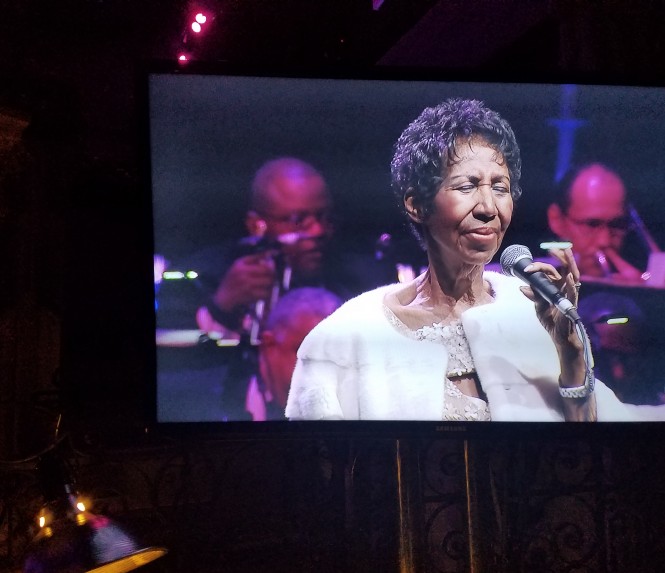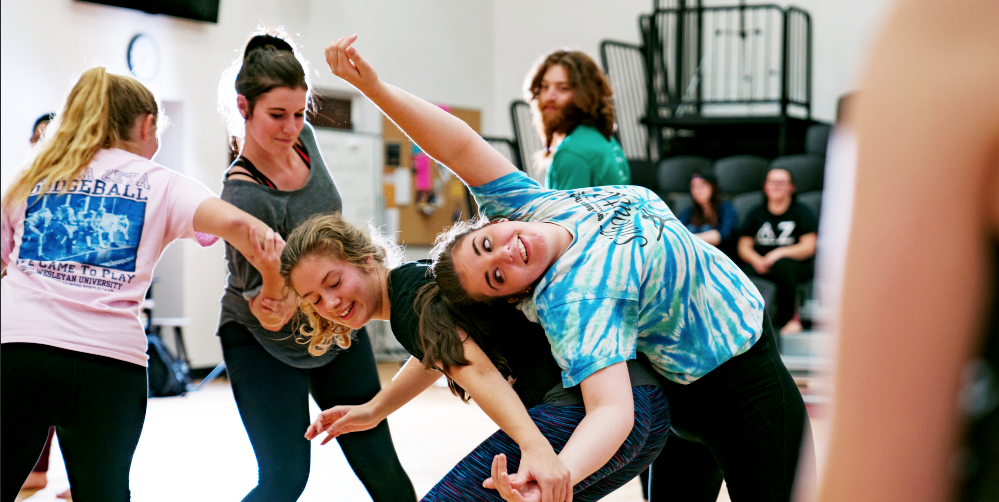By Maddie Matos, A&E Editor
Performing unique pieces that appeal to everyone can be difficult, but Ohio Wesleyan University’s Choral Arts Society and Chamber Choir spring concert met the challenge.
The performance was held on Tuesday, with 100 people in attendance. Students and performers filled Gray Chapel, as the choirs performed twelve songs.
Each song was picked by director Jason Hiester, an associate professor of music. Each song is a favorite of Hiester, and each had a unique sound that stood out from each other.
“There’s no real theme to our program, if there was I guess it’d be music Dr. Hiester likes,” Hiester said.
The show began with the Choral Arts Society. The society opened the show with two songs. The spiritual tone of the songs allowed members to surround the audience as they entered the chapel and ring bells to the beat of the song.
“The bells at the beginning where they walked around behind all of us was incredible, and the chords they were singing as they moved to the stage,” attendee Alex McPherson said.
The next set of songs the society performed were more upbeat, but still gave the audience the feeling of being in a church. Throughout the performances, different members had solos including an Oboe solo by student Kathryn Lawson.
Audience members were responsive to the songs and seemingly enjoyed the beauty of the show.
“I hope the audience enjoyed our performance and got something out of it,” performer Hannah Carpenter said.
The second part of the show featured four songs performed by OWU’s Chamber Choir. The choir is smaller and more exclusive than the Choral Arts Society and performs harder songs.
The first song had a tambourine and drum component and featured solos by Hannah Carpenter and Eli Reed.
The second song was a folk song and the audience experienced “love in a small village.”
As the show progressed, the choir sang two contemporary songs. They both were well received by audiences, with applause afterwards.
The end of the show featured the Choral Arts Society again, as their last two songs closed the show.
The first song featured a soprano saxophone solo by professor Nancy Gamso and was a more jazz driven style. The final song left the audience amused, as the performers sang “The poet is a banana” the whole song.
“Our final song was definitely an interesting one and I think the audience really enjoyed it,” Carpenter said.
As the show ended, audience members gave a standing ovation the choir, applauding the hard work put into the show.
“I hope our pieces touched people in a positive way and brought them some happiness because that’s what music is supposed to do,” Carpenter said.


